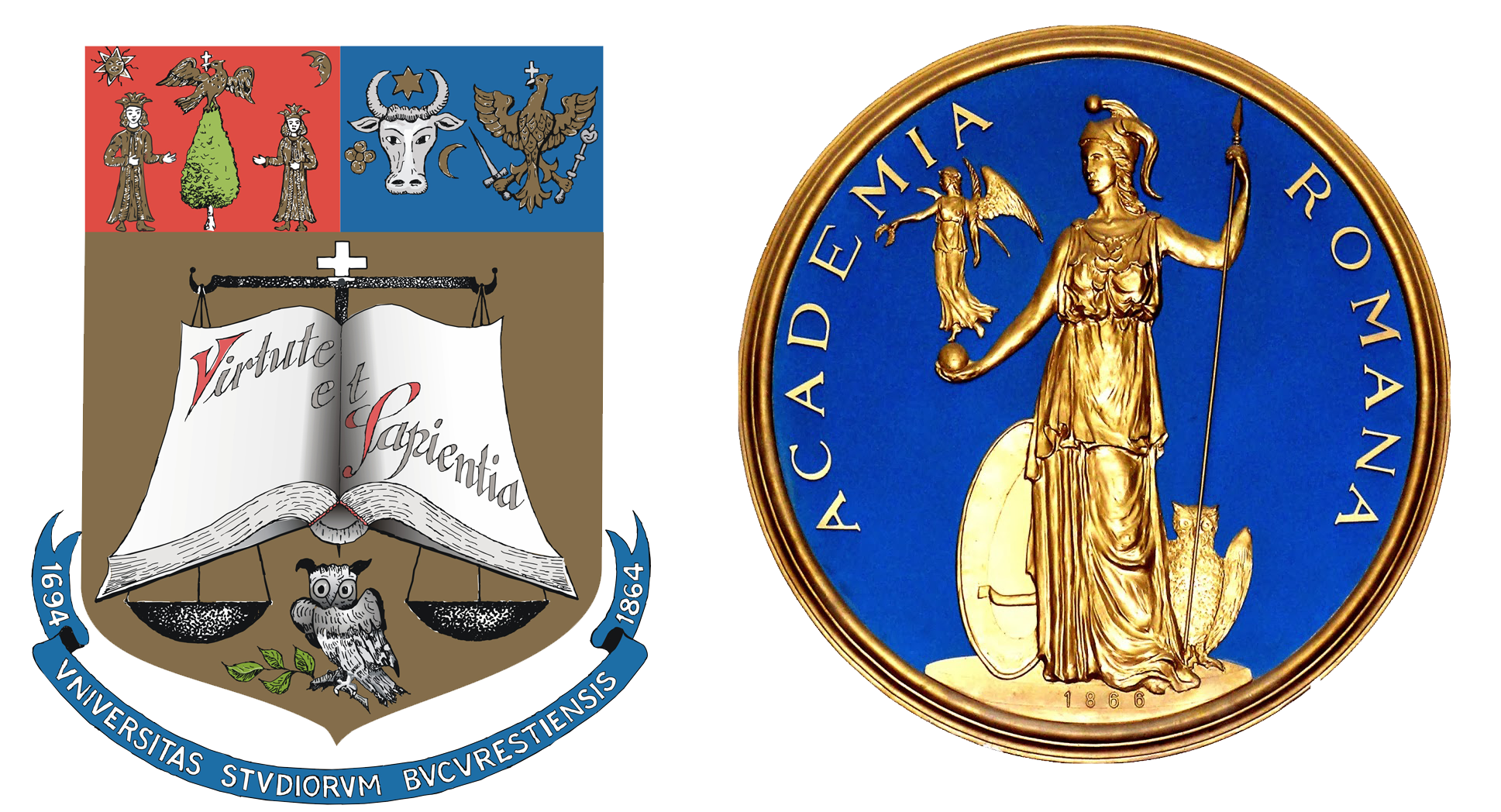PROJECT DESCRIPTION
Recent work including our own show that whole rock geochemical parameters measured on igneous rocks can be used to decipher crustal thickness evolution of regions, and can also be applied globally. We propose to establish new methodologies for tracking crustal thickness over time and extend the whole rock studies to minerals, especially those who are preserved in the sedimentary record. First we will address if previously ignored whole rock parameters do correlate with crustal thickness in modern arcs (e.g. Zr/Y, MnO, etc.). Second, we will extend our analysis to collision-related magmatism. We will then empirically determine or refine the determination of partition coefficients for trace elements of interest between various melts and zircon, apatite, sphene and epidote. These will be used in the detrital record to determine regional and global crustal thickness evolution. Finally, we will be using diamictites, loess, and other fine-grained rocks to test global trends in fluctuation of crustal thickness on Earth. These results have practical implications as they can help us understand the distribution of certain mineral deposits at different times of the Earth’s past. Broader impacts of the proposed project: We are a team of Romanian scientists with backgrounds in igneous petrology, geochemistry and tectonics. The project director is a Romanian-born mid-career scientist, currently researcher at the University of Bucharest. The other members of the research team are either highly respected Romanian scientists with an excellent track record of publication or young scientists returning to their native country after graduate studies abroad. This project will elevate the international visibility of Romanian geosciences in the scientific literature. Romanian graduate and undergraduate students wil.
Previously published papers for this specific subject area
Scott, E. M., Allen, M. B., MacPherson, C. G., McCaffrey, K. J. W., Davidson, J. P., Saville, C., & Ducea, M. N. (2018). Andean surface uplift constrained by radiogenic isotopes of arc lavas. Nature Communications, 9(1), [969]. https://doi.org/10.1038/s41467-018-03173-4. Click to View
Mihai N. Ducea, George W. Bergantz, James L. Crowley and Juan Otamendi (2017). Ultrafast magmatic buildup and diversification to produce continental crust during subduction. DOI:http://dx.doi.org/10.1130/G38726.1. Click to View
Hu, F., Ducea, M. N., Liu, S., & Chapman, J. B. (2017). Quantifying Crustal Thickness in Continental Collisional Belts: Global Perspective and a Geologic Application. Scientific Reports, 7(1), [7058]. https://doi.org/10.1038/s41598-017-07849-7. Click to View
James B. Chapman, George E. Gehrels, Mihai N. Ducea, Nicky Giesler, Alex Pullen. (2016). A new method for estimating parent rock trace element concentrations from zircon. Chemical Geology, ISSN: 0009-2541, Vol: 439, Page: 59-70. Click to View
Paterson, S. R., & Ducea, M. N. (2015). Arc magmatic tempos: Gathering the evidence. Elements, 11(2), 91-98. https://doi.org/10.2113/gselements.11.2.91. Click to View
Mihai N. Ducea; Scott R. Paterson; Peter G. DeCelles (2015). High-Volume Magmatic Events in Subduction Systems. Elements 11(2):99-104 DOI: 10.2113/gselements.11.2.99. Click to View
Mihai N. Ducea, Jason B. Saleeby and George Bergantz (2015). The Architecture, Chemistry, and Evolution of Continental Magmatic Arcs. Annual Review of Earth and Planetary Sciences 43(1). DOI: 10.1146/annurev-earth-060614-105049. Click to View
James B. Chapman Mihai N. Ducea Peter G. DeCelles Lucia Profeta. (2015) Tracking changes in crustal thickness during orogenic evolution with Sr/Y: An example from the North American Cordillera. Geology 43 (10): 919-922.https://doi.org/10.1130/G36996.1. Click to View
Lucia Profeta, Mihai N. Ducea, James B. Chapman, Scott R. Paterson, Susana Marisol Henriquez Gonzales, Moritz Kirsch, Lucian Petrescu & Peter G. DeCelles. (2015). Quantifying crustal thickness over time in magmatic arcs. Scientific Reports. DOI: 10.1038/srep17786. Click to View

